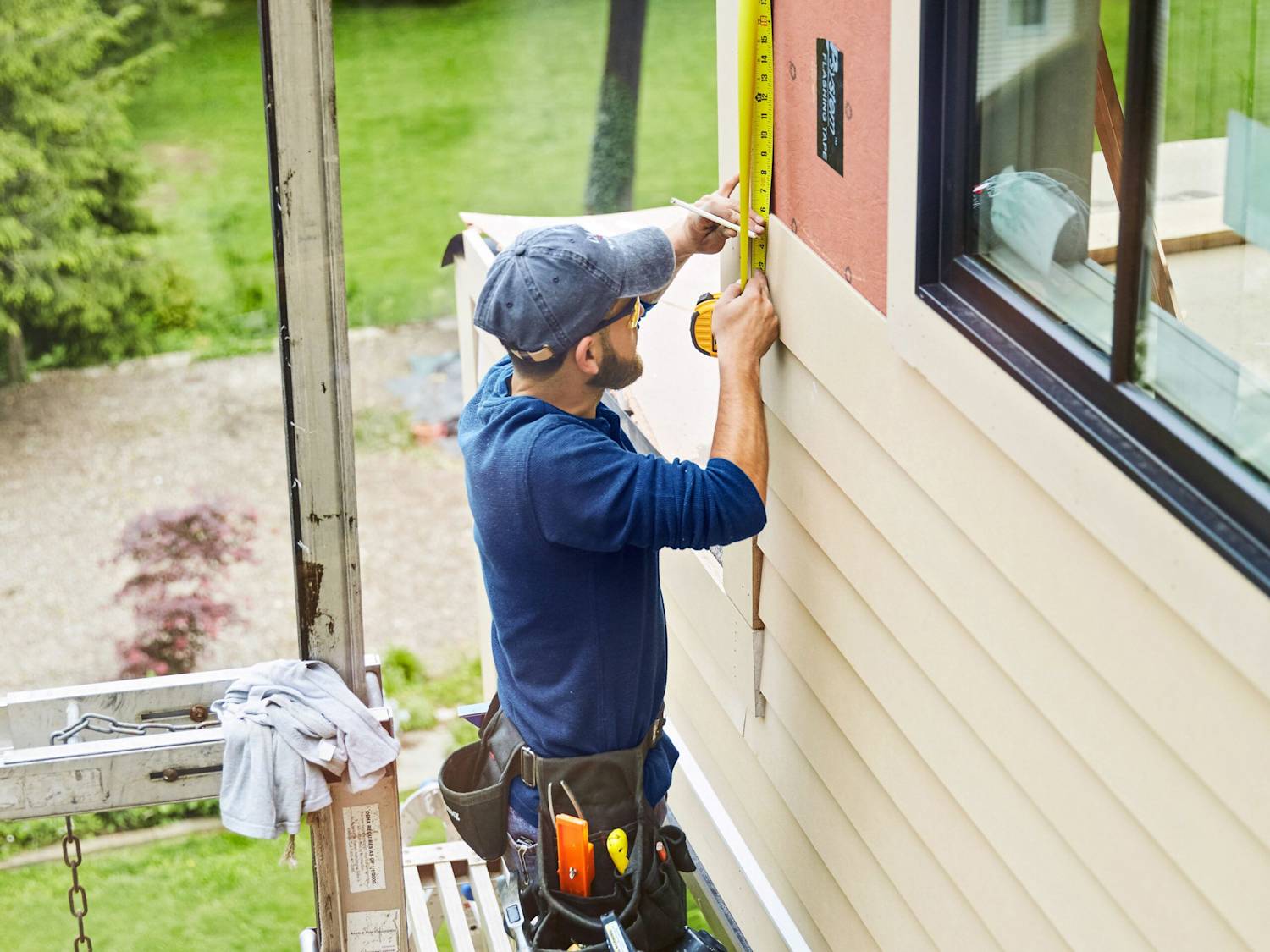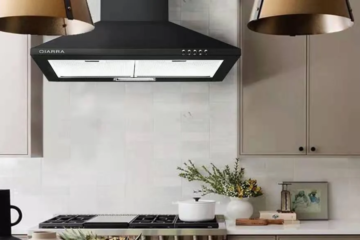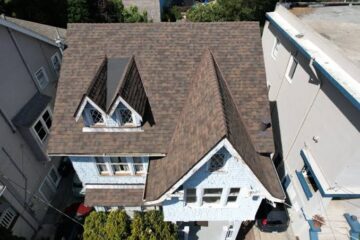Your home’s siding isn’t just for looks, it’s the first line of defense against wind, rain, and harsh weather. But over time, siding wears down, fades, or even warps, making your home look less than its best. So, when you start noticing cracks, peeling paint, or loose panels, the big question arises: Should you repair or replace your siding?
Making the right choice can save you money, enhance your home’s curb appeal, and even boost energy efficiency. In this guide, we’ll walk you through the signs of siding damage, the key factors in deciding whether to repair or replace, and a breakdown of costs so you can make an informed decision.
Common Signs Your Siding Needs Attention
Siding problems don’t always start with obvious damage. Sometimes, the signs are subtle but still indicate trouble ahead. Here are the most common warning signs:
- Cracks & Warping – If your siding is bending, cracking, or buckling, it’s no longer providing full protection from the elements. Warping is especially common in vinyl siding exposed to excessive heat.
- Fading & Discoloration – Prolonged sun exposure can cause your siding to lose its original color, leaving it dull and uneven. This isn’t just a cosmetic issue—fading can indicate that the protective layer of the siding is wearing thin.
- Moisture Damage & Mold Growth – If water sneaks behind your siding due to damaged caulking or improper installation, it can lead to mold, rot, and mildew. Wood siding is particularly vulnerable to moisture issues.
- Loose or Missing Panels – If wind or heavy storms have left your siding panels hanging or missing, your home’s protection is compromised. Small sections can be reattached, but widespread damage may require more drastic action.
- Higher Energy Bills – If you’ve noticed your heating and cooling costs creeping up, it could be due to aging or damaged siding that’s no longer insulating your home properly.
Repairing Siding: When Is It Enough?
Sometimes, a small fix is all you need to get your siding back in shape. If your siding is in overall good condition but has minor damage, a repair might be the best option.
- Small cracks or holes – These can often be patched up with sealant or a replacement panel.
- Loose or slightly warped panels – If just a few panels are affected, they can be re-secured instead of replaced.
- Peeling or chipping paint – A fresh coat of paint can extend the life of wood siding and restore its appearance.
Why Choose Repair?
- Lower upfront cost
- Quick fix without major disruption
- Extends the life of your siding if damage is minimal
When Repair Isn’t Enough
- Widespread damage across multiple sections
- Recurring moisture issues or mold growth
- Aged siding that’s nearing the end of its lifespan
When It’s Time to Replace Your Siding
In some cases, a simple repair is just delaying the inevitable. Here’s when it’s time to consider full siding replacement:
- Your siding is 20+ years old – Most siding materials last between 20 to 40 years before needing replacement. If your siding is approaching the end of its lifespan, repairs may not be cost-effective.
- Widespread warping, rotting, or mold – If moisture damage has affected multiple areas, replacing the siding is the only way to fully resolve the issue.
- Major storm or weather damage – Hail, wind, or fallen tree limbs can cause extensive damage that makes full replacement necessary.
- You want better energy efficiency – Modern siding options come with built-in insulation, helping lower heating and cooling costs.
- Curb appeal & resale value – If you’re planning to sell your home, new siding dramatically improves your home’s appearance and can increase its value.
Why Choose Replacement?
- A long-term solution that extends the life of your home’s exterior
- Improves energy efficiency and lowers utility bills
- Enhances curb appeal and resale value
- Eliminates the need for frequent patchwork repairs
The Downside?
- Higher upfront cost
- A more time-consuming process
Cost Breakdown: Repair vs. Replacement
Siding Repairs
- Small patch repairs: $200 – $1,000
- Replacing a few panels: $500 – $2,500
Siding Replacement
- Full replacement: $5,000 – $15,000+ (varies by material and home size)
While repairing siding is more budget-friendly in the short term, if you find yourself making frequent repairs, a full replacement could save money in the long run.
Choosing the Right Siding Material
If you do decide to replace your siding, here’s a quick comparison of the most common materials:
- Vinyl Siding – Affordable, low-maintenance, and comes in many colors. Lifespan: 20-30 years.
- Wood Siding – Beautiful and classic, but requires regular maintenance to prevent rot and pests. Lifespan: 20-40 years.
- Fiber Cement Siding – Durable, fire-resistant, and mimics wood. Lifespan: 30-50 years.
- Aluminum Siding – Lightweight and fire-resistant, but prone to denting. Lifespan: 20-40 years.
- Engineered Wood Siding – A more durable alternative to traditional wood with a similar look. Lifespan: 30+ years.
Final Verdict: Repair or Replace?
- Go with repairs if: Your siding has minor damage, is still in good condition, and isn’t nearing the end of its lifespan.
- Opt for replacement if: Your siding is old, has widespread damage, or you want a long-term investment that boosts curb appeal and energy efficiency.
No matter which option you choose, keeping up with siding maintenance is key to ensuring your home stays protected and looking its best for years to come.




